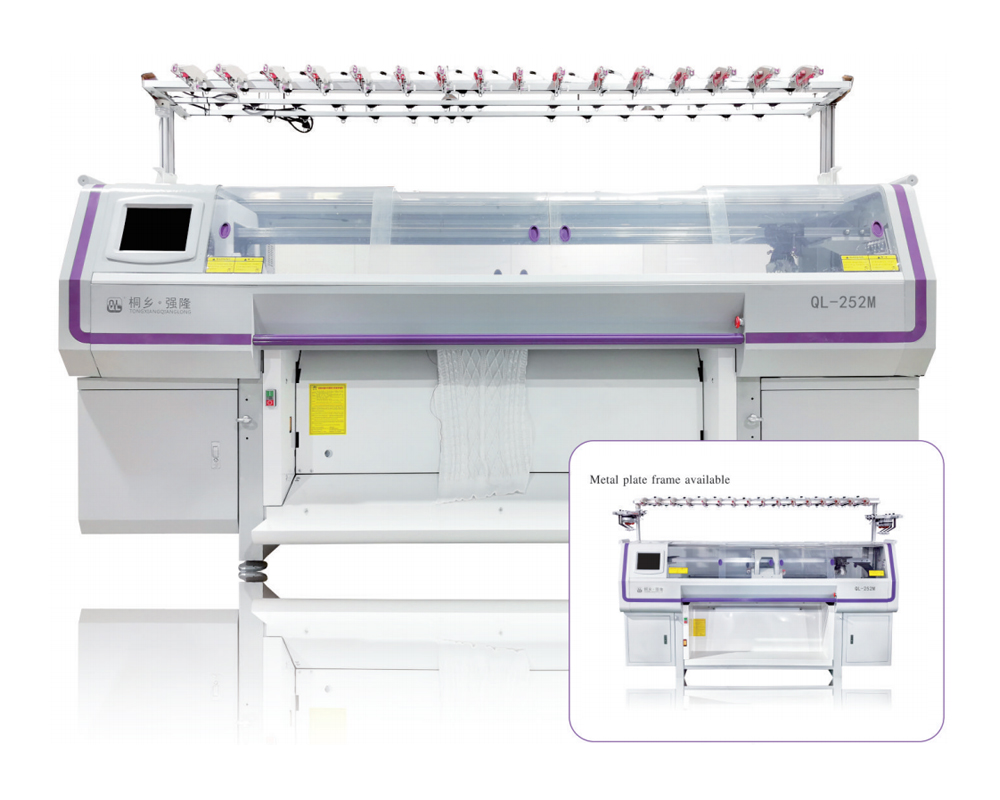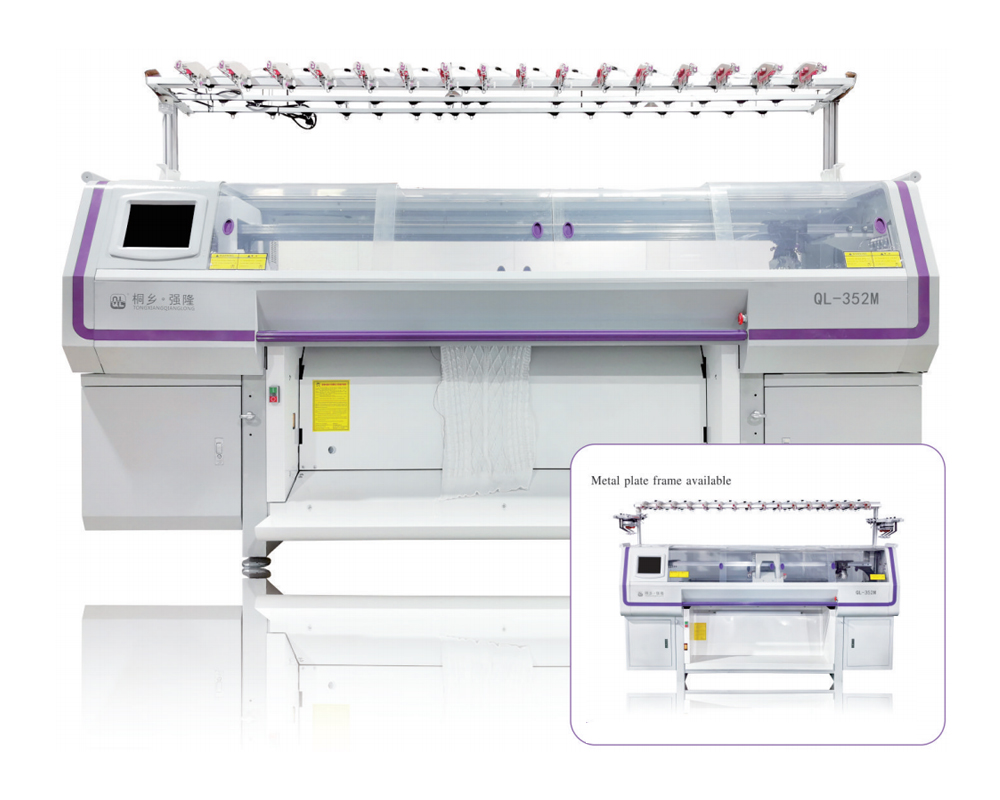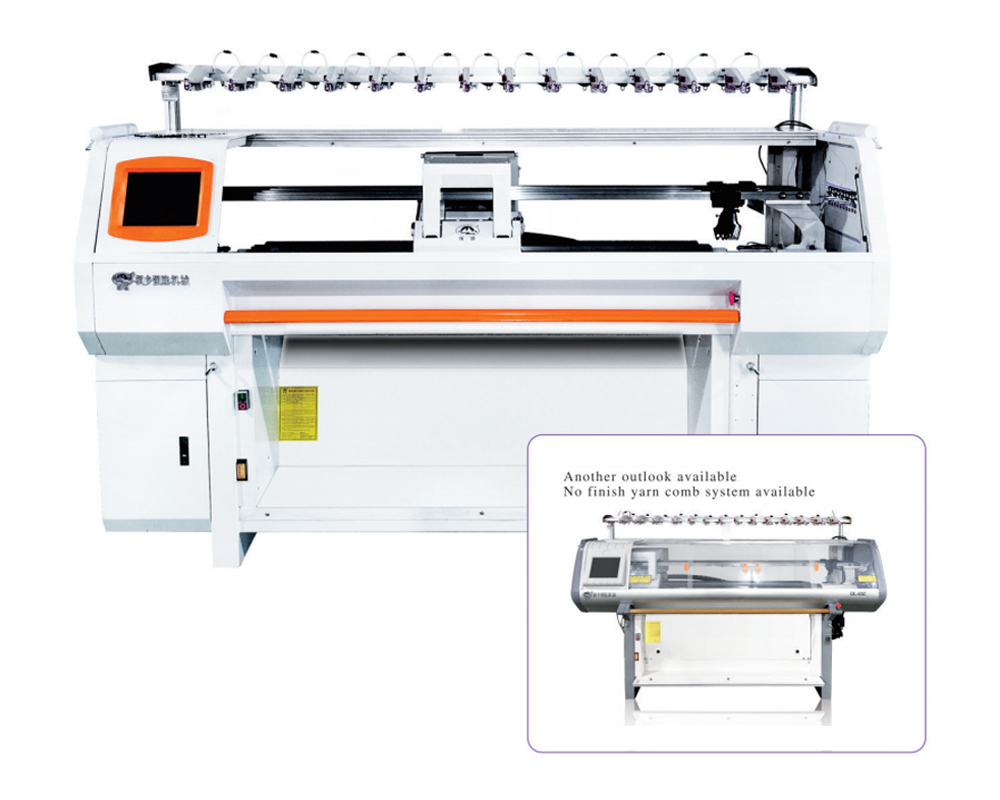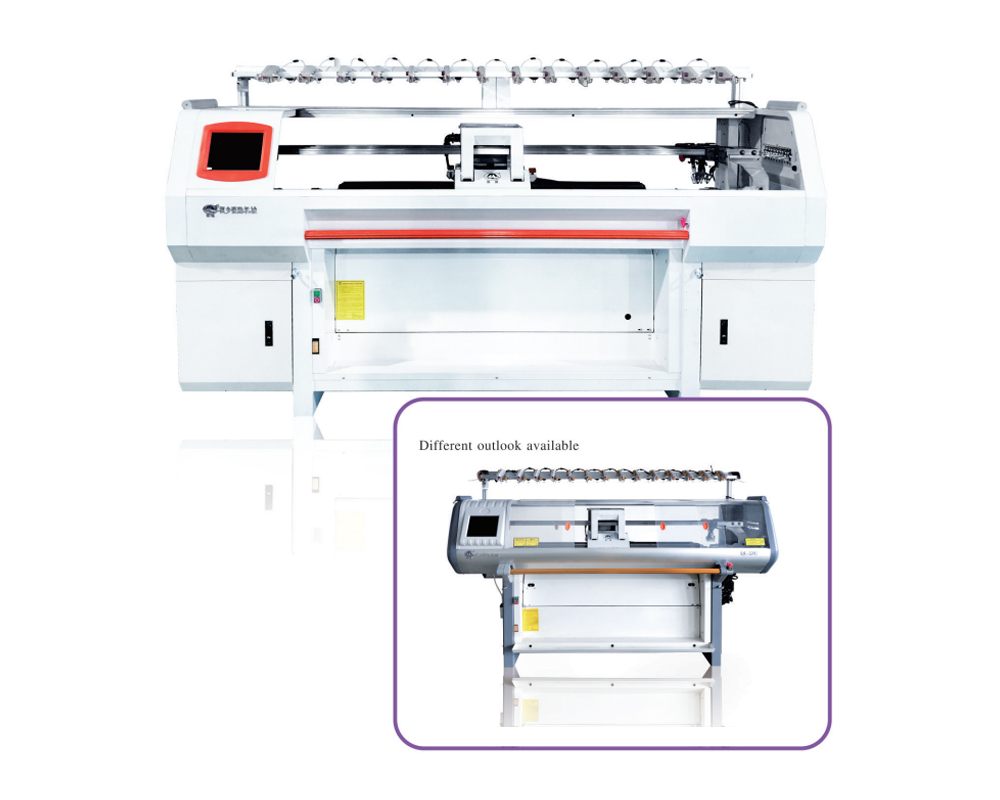Tongxiang Qianglong Machinery Co., Ltd. is high-tech China wholesale computerized flat knitting machine manufacturers, specialized in designing, developing, and manufacturing Knitting Machinery..
There are several features and modifications available for collar knitting machines that are designed to reduce energy consumption. These enhancements not only help in cutting down operational costs but also contribute to sustainability efforts. Here are some key features and strategies to reduce energy consumption:
1. Energy-Efficient Motors
High-Efficiency Motors: Modern collar knitting machines can be equipped with high-efficiency motors that consume less power while maintaining high performance.
Variable Frequency Drives (VFD): VFDs allow for the adjustment of motor speed to match the actual load requirements, leading to significant energy savings.
2. Advanced Control Systems
Smart Controllers: Advanced control systems can optimize the machine’s operations, reducing unnecessary power usage. These controllers can adjust the speed and tension dynamically based on the knitting requirements.
Programmable Logic Controllers (PLCs): PLCs can be used to precisely control the knitting process, reducing energy waste by optimizing machine cycles and reducing idle times.

3. Efficient Lighting
LED Lighting: Using LED lights for the machine’s operational areas can significantly reduce energy consumption compared to traditional lighting. LEDs are more efficient and have a longer lifespan.
4. Automated Lubrication Systems
Automated Lubrication: Ensuring the machine is properly lubricated reduces friction, which in turn reduces the energy required to operate the machine smoothly.
5. Heat Recovery Systems
Heat Recovery: Some advanced machines are equipped with systems that capture and reuse the heat generated during operation, reducing the need for additional heating and thereby saving energy.
6. Energy Monitoring Systems
Real-Time Energy Monitoring: Implementing energy monitoring systems allows operators to track energy usage in real-time, identify areas of excessive consumption, and make adjustments to improve efficiency.
7. Improved Yarn Feeding Mechanisms
Precision Yarn Feeders: Upgrading to more precise yarn feeding mechanisms can reduce energy waste by ensuring that only the necessary amount of yarn is used, minimizing wastage and the need for reprocessing.
8. Idle Mode and Sleep Functions
Auto-Sleep Mode: Machines equipped with auto-sleep or idle modes can reduce power consumption during periods of inactivity. The machine can enter a low-power state when not in use and quickly resume full operation when needed.
9. Optimized Mechanical Components
Low-Friction Bearings and Gears: Using low-friction bearings and gears can reduce the energy required to operate the machine, as less power is lost to friction.
Lightweight Materials: Utilizing lightweight but durable materials for certain machine components can reduce the overall energy required for operation.
10. Software Optimization
Energy-Efficient Algorithms: Software that optimizes the knitting process can help in reducing energy consumption. These algorithms can schedule tasks and adjust machine operations to minimize power usage without compromising on performance.
Implementation Tips
Regular Maintenance: Regular maintenance ensures that all components are functioning optimally, which can prevent energy wastage due to wear and tear.
Operator Training: Training operators to use energy-saving features and best practices can further enhance the energy efficiency of the machine.
Vendor Support: Work with the machine’s manufacturer or suppliers to implement energy-saving upgrades and ensure compatibility with existing systems.
Collar knitting machines can incorporate a variety of features and modifications to reduce energy consumption. These include high-efficiency motors, advanced control systems, LED lighting, automated lubrication systems, heat recovery systems, real-time energy monitoring, precision yarn feeders, auto-sleep modes, optimized mechanical components, and energy-efficient software algorithms. Implementing these features can lead to significant energy savings, lower operational costs, and a reduced environmental footprint.

 English
English 简体中文
简体中文
 Chinese
Chinese English
English











